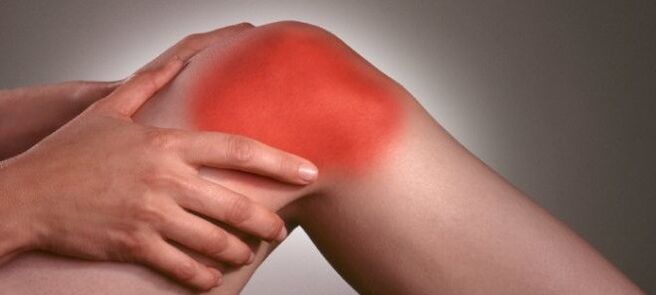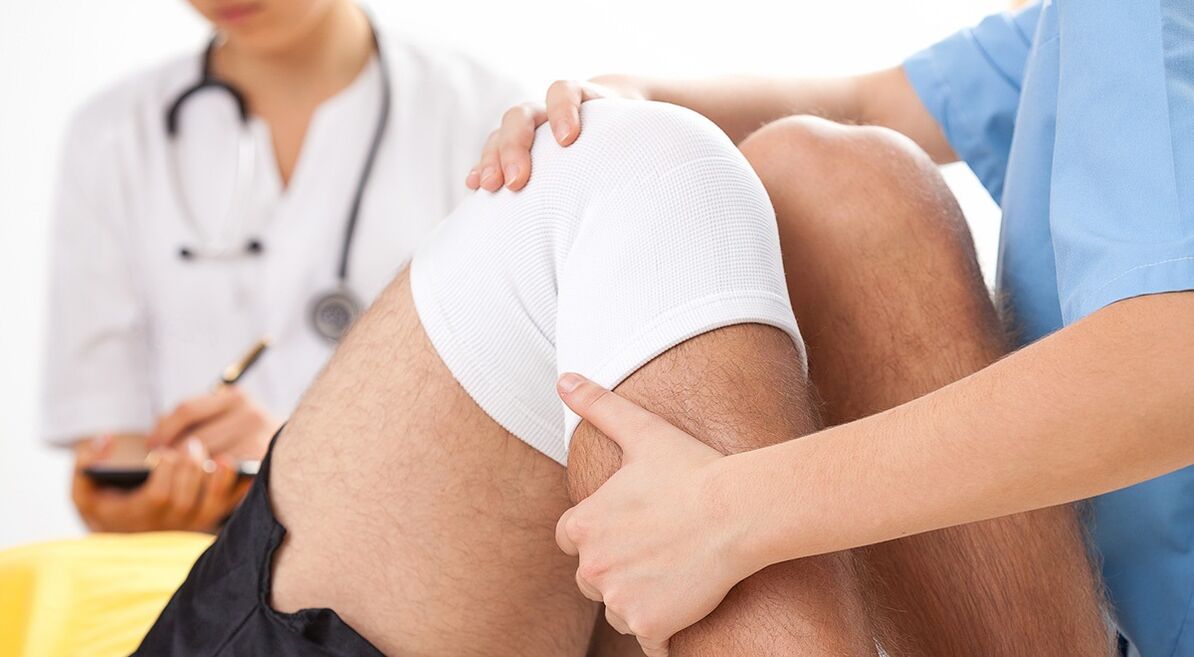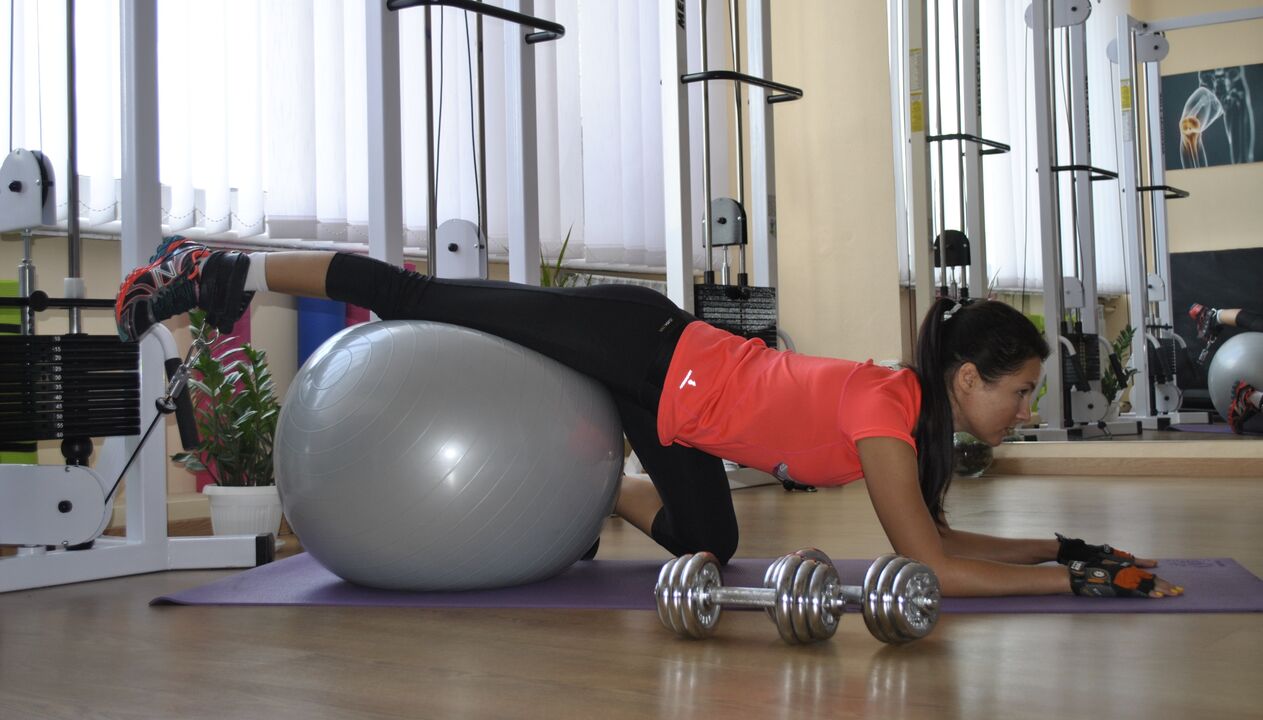
There are diseases that progress over time. It is impossible to completely cure them, as well as return to the starting point, but it is quite possible to diagnose and stop them in time. Earlier, the symptoms of osteoarthritis of the knee joint could be encountered in the elderly, but now the disease is "getting younger" and is often the cause of disability. So, what signs do you need to pay attention to in time to start treatment?
The essence of what is happening
Before starting treatment or determining specific signs of the disease, it is necessary to understand what is happening in the joint.
The articular surfaces of human bones are covered with cartilage. In some joints, as well as in the knee, there are menisci - layers of cartilage that act as shock absorbers. The joint fluid produced by the capsule acts as a lubricant.
Polyarthrosis is a disease when all or most of the joints of the body are affected. The disease develops as a result of destruction of articular cartilage and exposure of bones.
When the knee joint is affected, changes also occur in the production of joint fluid. Part or all of the cartilage is lost and, over time, the joint wears out. When this is noticed in most joints, a diagnosis is made: polyarthrosis.
The body tries to cope with such a violation, as well as limit the pain. As the disease progresses, the joint deforms, and the bones begin to grow due to spikes (osteophytes). They can often be felt when probing in advanced situations, when polyarthrosis has developed. The surface of the bones is uneven and they do not fit together. The result is limited mobility.
From the above symptoms it becomes clear that these are not salts, which everyone is so often accustomed to thinking about with knee pain.
When to sound the alarm
The first thing that manifests as osteoarthritis of the knee, or polyarthrosis is pain, which can occur after prolonged physical exertion or simply torment you all the time. Its nature is different, often the pain intensifies in the evening or at night, prevents sleep, which leads to disruption of normal life. Already at this stage it is worth visiting your doctor, because the simplest diagnosis - an X-ray, can reveal violations, and in some cases polyarthrosis. The picture will show a narrowing of the joint gap, which indicates thinning of the cartilage.
Symptoms
There are three degrees of osteoarthritis, each with its own specific signs. With their help, you can also suspect polyarthrosis, which will require special treatment.
In the first phase, the pain is not strong and it seems to many that it will pass soon. In addition, there is discomfort and mild swelling that occurs occasionally. This will require less treatment, which will be discussed below. Additionally, laser therapy and other physiotherapy are indicated.
In the second degree, the symptoms become more complex, squeaking is added to all of the above, and mobility is reduced. Mild bleeding may occur.
In this case, laser therapy and doctor's recommendations on taking medication can help. If this is not done, the pain will become permanent and it will be time to think about the third degree.
In the third stage, the integrity of the cartilage is completely destroyed. The pain is constant, and there can be no talk of normal walking. Climbing stairs becomes a real problem, joints are swollen. When moving, there is a pronounced crunch, the joint is deformed, the pain is felt on palpation.
Polyarthrosis is additionally manifested by redness of the skin, it is hot to the touch. Bleeding occurs on the skin as a result of rupture of blood vessels or venous network. If this cosmetic defect interferes, then it is really possible to solve it with a laser.
In the final stages, a person becomes unstable as a result of muscle and ligament weakness. Walking is possible only with the support of a stick, and even for short distances. It all ends with a knee deformity that not even a laser can correct. Changes can no longer be undone, a person becomes disabled. In this case, the joints are placed towards each other or in opposite directions.
Medical diagnostics may reveal a slight change in shape, and significant diagnostics will be required for significant ones. Usually the doctor prescribes an X-ray that shows changes in the joints. A more subtle diagnosis is performed by CT, MRI, and in addition ultrasound of the knee joint is used.
Treatment
The treatment of this disease excites many, and only a doctor can understand it. The arsenal of drugs is very large, it is impossible to use them uncontrolled.
In addition to improper use of drugs, arthrosis can be added to stomach ulcers. But it is almost impossible to repair damaged cartilage.
First of all, the doctor prescribes non-steroidal anti-inflammatory drugs to the patient, which relieve pain along with inflammation. But the treatment does not end there. Exercise, physiotherapy are widely used. Special therapeutic exercises are selected only by the doctor, then gives the maximum therapeutic effect. About everything in more detail.

Drug use
The main treatment falls on nonsteroidal anti-inflammatory drugs. In addition, agents are used that improve the nutrition of cartilage and promote its gradual regeneration. The most tested in this regard are drugs based on glucosamine and chondroitin. Special creams and ointments that have a local effect allow you to fix the treatment.
It is worth noting that medications reduce pain and relieve inflammation, but it is very dangerous to use them constantly. Long-term treatment adversely affects the condition of the gastric mucosa, liver and heart. They have recently started producing drugs with minimal negative effect, according to some manufacturers, they can be used for several months.
Gymnastics and physiotherapy
Complementary therapies can improve blood flow and, consequently, joint nutrition. Special exercises can strengthen ligaments and muscles. It’s just the effect of gymnastics in the early stages, when the wrist hasn’t changed much. Exercises are chosen strictly individually, depending on the severity of the disease and the physical abilities of the patient.

Also, the exercises are supplemented by physiotherapy, there are a large number of them. Magnetotherapy, laser therapy, diodynamics, UHF, novocaine electrophoresis, ultrasound and more are used.
Injections into the wrist
In the last stages, when physiotherapy or laser do not help, injections into the joint cavity are used to relieve pain. Preparations based on hyaluronic acid are introduced, which increase the restorative properties of cartilage. The introduction of hormonal drugs is often practiced, however, this is not safe, because over time the duration of the therapeutic effect decreases, and cartilage simply becomes unusable.
Endoprosthetics
Joint replacement is the last resort when your own joint cannot be saved and can no longer function. This operation is called arthroplasty and allows you to almost completely restore the lost function, remove the pain. In reality, it is possible to replace the entire joint (total arthroplasty) or its most altered part. At the present stage, the level of surgical technique, manufactured implants is so perfect that it enables the achievement of successful results and the introduction of this method of treatment everywhere.
It is not difficult to diagnose polyarthritis of the knee, especially if you pay attention to the characteristic symptoms. A visit to the doctor will allow you to refute or confirm the diagnosis. There are many treatment options, as well as a choice of medications, which allows you to quickly eliminate the pain. But it doesn’t pay to bring your knees in for a joint replacement, because your natural joint is much better than an artificial one, no matter how good it is.



















